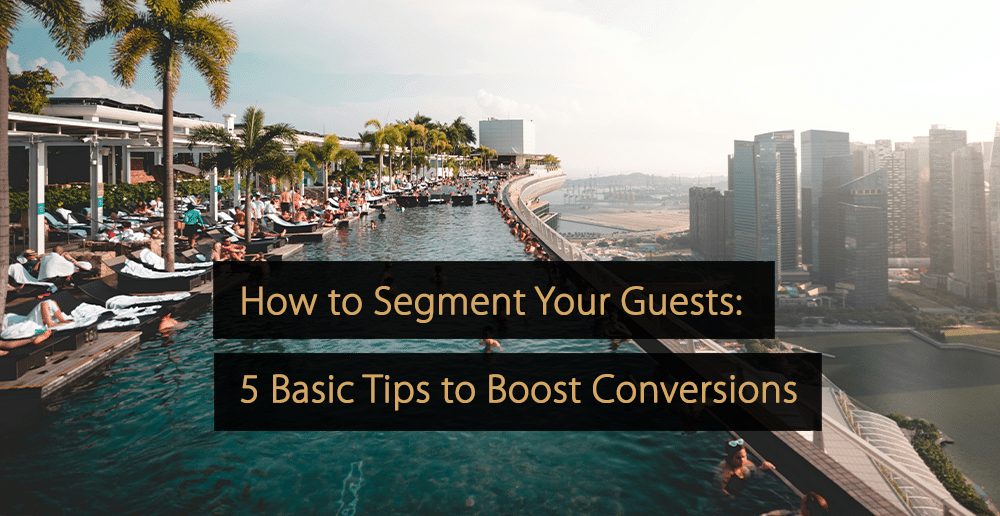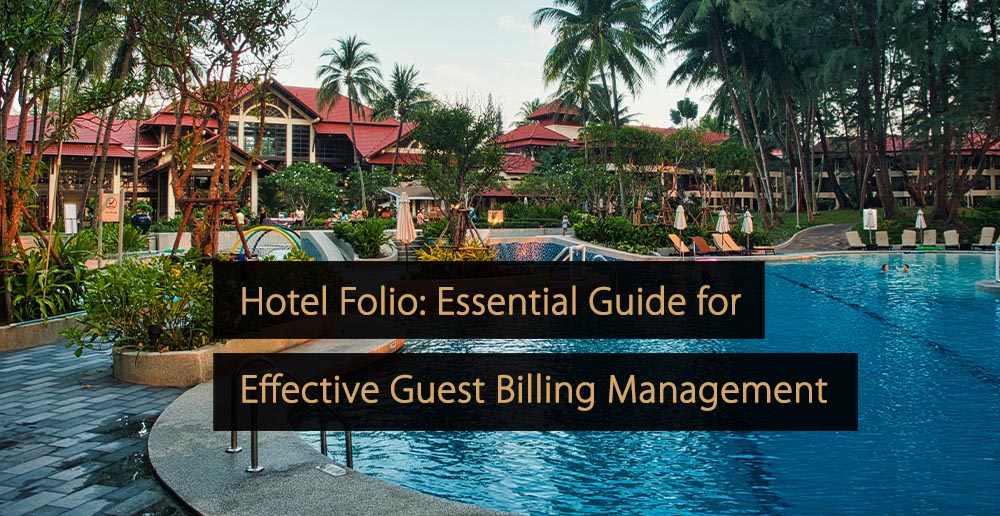The key to meeting the expectations of today’s guests, with or without technology, is a targeted approach. No one has the time or headspace to process and filter out irrelevant information in the information overload era. After engaging in a great deal of comparisons, analysis and filtering in their search for accommodation, asking your guests to put in this work is becoming more and more unthinkable in hospitality.
Audience Segmentation
This is one of the reasons why targeting has become a priority for our industry and many others; and why audience segmentation has emerged as the most effective way to achieve a personalized offering that meets needs without compromising privacy.
Even on the surface, segmentation seems like a good idea. Automatically recognizing the needs and desires of your guests based on key booking details can put a hotelier’s mind at ease, knowing that an acceptable level of service is safeguarded at their hotel.
This article will explore the full scope of benefits that segmentation can bring to one’s hotel, focusing on upselling to guests after they have booked.
3 Tips for a Personalized and Positive Guest Experience
First, let’s take the qualitative approach and hear how segmenting one’s audience can influence the guest experience.
1. Only Communicate When Needed
A key first step to segmenting guests is to predetermine who will receive extra communication pre-arrival. Communication is essential to ensure all guest needs are met and extract the full revenue potential from each arrival and pre-arrival. Whether this communication is sent via email, text, or another form of messaging, hoteliers need to be wary of crossing over into the territory of unnecessary, or worse, irrelevant, communication.
By segmenting an audience, specific tools make it possible to avoid overcommunication, repetitive or contradictory offers. For example, if an OTA sells rooms with breakfast included, there is no need to confuse guests by offering breakfast again as an add-on. By excluding guests from receiving notifications about extra services, hoteliers can rest assured that they will experience a streamlined customer journey.
2. Including & Excluding
The use of segmentation is just as essential to control what guests don’t see as what they do see. You might think about all the revenue opportunities that arise when displaying extra services or add-on items to a guest family with young children, such as children’s activities and additional amenities for children. However, it’s just as crucial to use your guest’s limited attention span wisely and avoid displaying irrelevant add-ons for ‘what if’s sake’.
Displaying too many extra services and offers to a given guest can distract them from recognizing the items or services in your hotel’s offering that could really be of use or enjoyable to them.
Some deals may be harmless to have on offer for the majority of your guests, but might need one particular segment (for whom it will be completely irrelevant) excluded from seeing it. A business guest is one segment type whose needs significantly diverge from holidaymakers. Hoteliers can exclude these guests from seeing more frivolous offers that don’t bring convenience or efficiency to a business-oriented stay, which will build the perception that your hotel is one to remember for business travel.
3. Reducing Disappointment
Some guest offers, like a themed dinner at your F&B outlet, might be universally appealing but unavailable or too short notice to provide on certain days. This is where you can use segmentation to help you to make your guests feel like they’re getting the most out of their stay and not missing out on anything.
A Better Chance at Attaining Higher Revenue
Reducing disappointment and distraction has been shown to have a positive impact on conversions. Hotels that sold add-ons via Oaky have seen a marked increase in conversions after turning on segmentation on specific deals. Under ideal conditions, hotels can earn up to 1.5x more with segmentation turned on, than comparable hotels with a one-size-fits-all approach.*
In the long run, segmentation can enhance your revenue strategy by identifying consumption trends and guest behaviour. Gaining a deeper understanding of each segment’s buying habits allows hoteliers to develop more opportunities for additional guest spend relevant to each booking type, demographic or booking duration.
*Based on 4* and 5* hotels in Europe with between 200- 1000 rooms, in 2019.
If you are communicating digitally about add-ons at your hotel, segmentation is a practice worth exploring. We’ve covered the introduction to segmentation of your hotel’s audience in this free video presented by our Customer Success Champion Carmen. Have a look here: Watch the segmentation class of Carmen here.
Recognizing your visitors’ needs and wishes based on booking information may set a hotelier’s mind at ease, knowing that an appropriate level of service is maintained at their property.
More Tips to Grow Your Business
Revfine.com is the leading knowledge platform for the hospitality and travel industry. Professionals use our insights, strategies, and actionable tips to get inspired, optimize revenue, innovate processes, and improve customer experience.Explore expert advice on management, marketing, revenue management, operations, software, and technology in our dedicated Hotel, Hospitality, and Travel & Tourism categories.








Leave A Comment